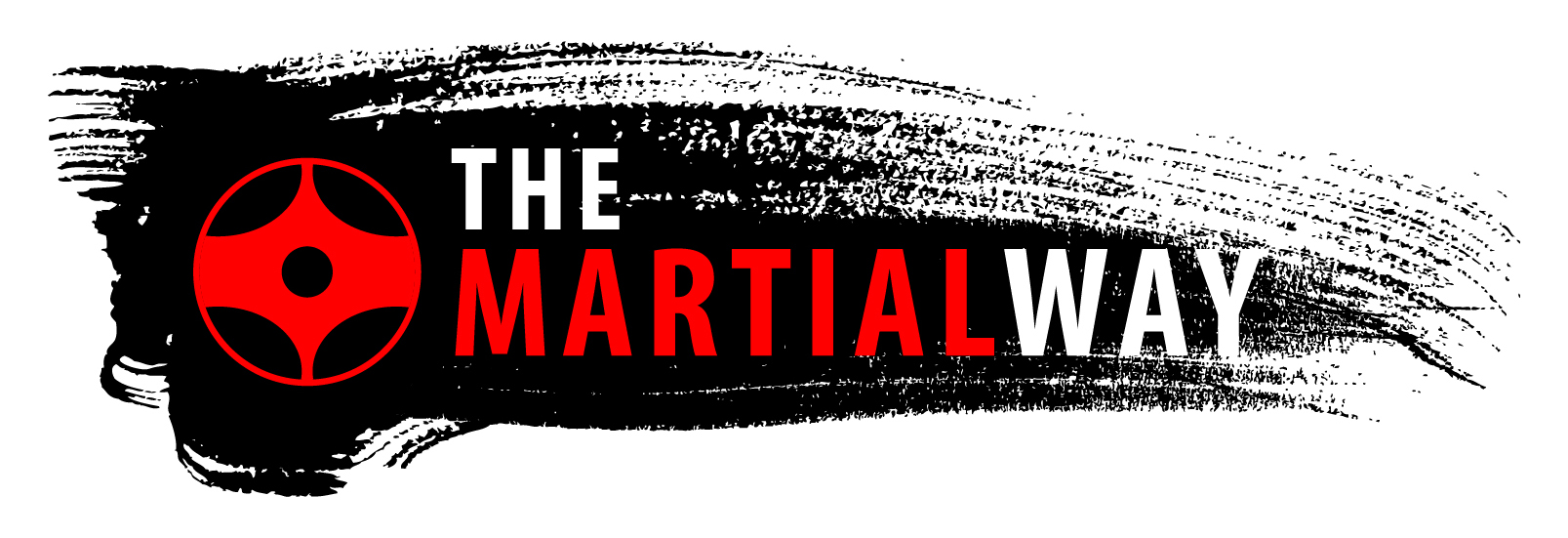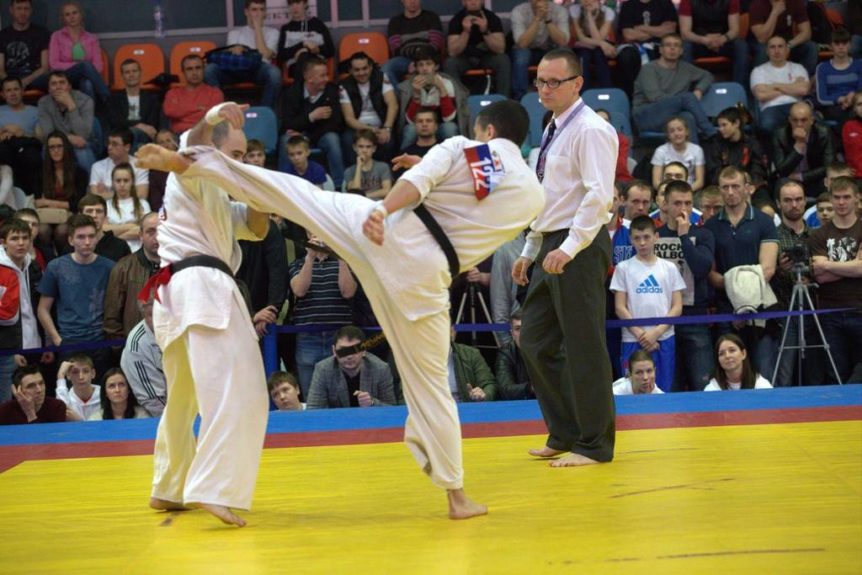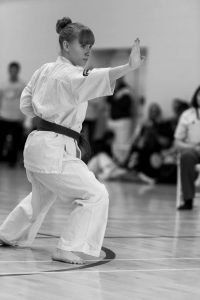This is a question I pose, and I do not propose to have the answer. When Sosai Mas Oyama created Kyokushin, he created it to be the ultimate martial art at its time, combining the base he had in Judo, Shotokan, Goju-ryu and Taikiken.
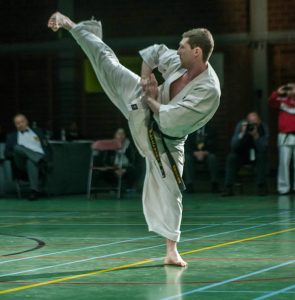
Sensei Darren Stringer
Kyokushin was built on hard practice, strengthening the mind and body, through perseverance, with a foundation of Kihon, Kumite and Kata.
I know many argue that Kata is useless, that the only way it can work is with diligent practice and breakdown of the bunkai, or application, and even then the jury is out on it’s effectiveness. However, it also imparts the practice of proper form, transitioning, distribution of power through torque and hip movement. It teaches Kime and focus. It has many attributes that improve the martial artist.
It is true you can be a fantastic fighter without kata. Look at Kickboxing as a prime example, but it isn’t Kyokushin. Though much of modern kickboxing (Dutch style, K1) was built with Kyokushin principles and foundation.
However, there is a movement in certain areas and organizations to remove Kihon and Kata training from Kyokushin all together, or not practice it or use it as a grading requirement. There are high-ranking black belts in Kyokushin who do not know basic Kyokushin kata. Are they still Kyokushin?
Historically, all the great Kyokushin champions knew and practiced kata, Matsui, Midori, Kazumi, Filho, etc, and they continue to teach and practice Kata today. But it seems sometime after the passing of Sosai, kata practice in some groups and areas fell out of practice, with the focus on fighting.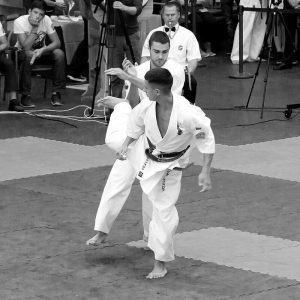
Sure, they can be fantastic fighters, but are they Kyokushin? What constitutes Kyokushin? Is Kyokushin only a philosophy, or is it also an amalgamation of the physical components of Kihon, Kata and Kumite? Or both physical and philosophical?
What would Sosai Mas Oyama say about the situation if he were still alive?
For myself, Kata training is important for varied of reasons.
Body conditioning (stance training), mental awareness including; zanshin (relaxed awareness), fudoshin (composure), mushin (no mind), shoshin (open mind), kensho (insight), health, visualization, proper form and technique, control, proper hip rotation, and the list goes on.
For an instructor it helps with transmission of knowledge and student goal setting, as kata take a long time to learn and contain a systematic way to evolve.
And finally, unlike kumite, kata can be practiced and performed throughout your life, well into your senior years. It is rare to see seniors kickboxing and fighting, perhaps a little light sparring, but you will find many masters of karate still working, perfecting and deriving meaning from kata practice well into their 80s.
For myself, without kata, karate loses it’s “martial art” and becomes a combat sport like kickboxing, boxing and wrestling. Not that there is anything wrong with that, but for myself, there is something missing and I am not sure if I still call it Karate Kyokushin.
Osu!
Tensho Kata led by Shihan David Pickthall (IFK Vice-President)
